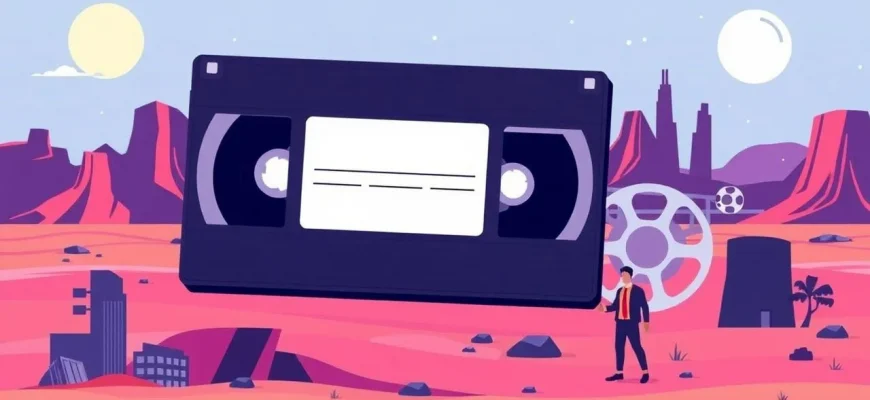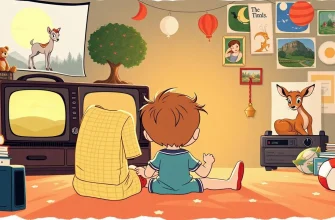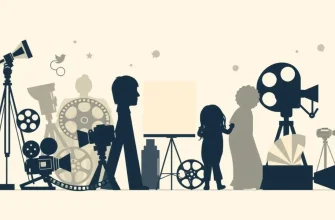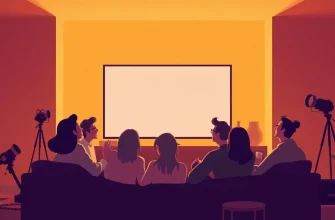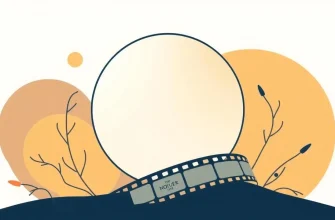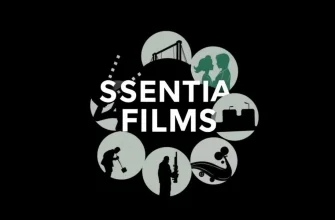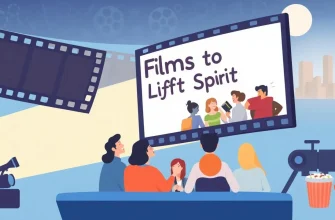The 1980s were a golden era for cinema, producing films that not only entertained but also left an indelible mark on popular culture. This curated list showcases ten of the greatest artistic films from the decade, each selected for its unique contribution to film history, its cultural impact, and its enduring appeal. These films have transcended time, offering viewers a blend of storytelling, visual artistry, and memorable performances that continue to captivate audiences today.
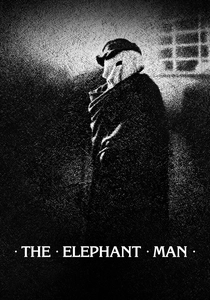
The Elephant Man (1980)
Description: David Lynch's poignant biopic about Joseph Merrick, a man with severe deformities, and his relationship with a compassionate doctor. Its sensitive portrayal of human dignity and suffering is deeply moving.
Fact: The film was shot in black and white to emphasize the period setting and to focus on the emotional narrative. John Hurt, who played Merrick, spent hours in makeup each day.
 Watch Now
Watch Now

Raging Bull (1980)
Description: Martin Scorsese's biographical drama about the life of boxer Jake LaMotta. Its black-and-white cinematography and Robert De Niro's transformative performance are often cited as some of the best in cinema.
Fact: De Niro gained 60 pounds for the role, showcasing his commitment to the character. The film was initially a box office disappointment but has since been recognized as a masterpiece.
 Watch Now
Watch Now
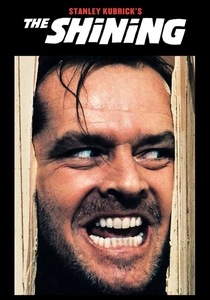
The Shining (1980)
Description: Stanley Kubrick's adaptation of Stephen King's novel about a family's descent into madness while staying at an isolated hotel. Its psychological horror and visual style have made it a benchmark in the genre.
Fact: Kubrick was known for his perfectionism, and he reportedly shot over 100 takes for some scenes. The film's famous "Here's Johnny!" line was improvised by Jack Nicholson.
 Watch Now
Watch Now
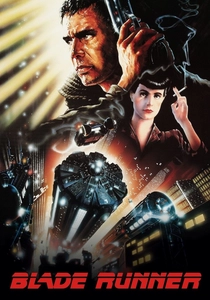
Blade Runner (1982)
Description: Ridley Scott's dystopian masterpiece explores themes of humanity, identity, and artificial intelligence. Its visual style and philosophical depth make it a landmark in science fiction cinema.
Fact: The film's initial release was met with mixed reviews, but it has since been re-evaluated and is now considered a classic. The term "Blade Runner" was not in the original Philip K. Dick novel, but was inspired by a 1974 script called "Blade Runner (a movie)".
 Watch Now
Watch Now
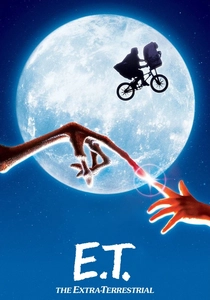
E.T. the Extra-Terrestrial (1982)
Description: Steven Spielberg's heartwarming tale of a boy who befriends an alien left behind on Earth. Its universal appeal and emotional depth have made it one of the most beloved films of all time.
Fact: The film was the highest-grossing movie of all time until "Jurassic Park" surpassed it in
 Watch Now
Watch Now
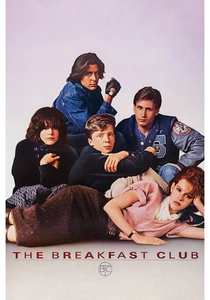
The Breakfast Club (1985)
Description: John Hughes' coming-of-age story about five high school students from different social groups who spend a Saturday in detention together. It's celebrated for its honest portrayal of teenage life and its iconic dialogue.
Fact: The film was shot in sequence over the course of five weeks, allowing the actors to grow into their characters naturally. The library where the film was shot was actually a gymnasium converted for the movie.
 Watch Now
Watch Now
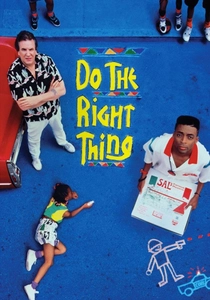
Do the Right Thing (1989)
Description: Spike Lee's provocative film about racial tensions in a Brooklyn neighborhood on the hottest day of the year. Its bold storytelling and social commentary have cemented its place in film history.
Fact: The film was initially controversial for its depiction of race relations, but it has since been praised for its honesty. The pizza shop featured in the movie was a real location, which was later turned into a museum.
 Watch Now
Watch Now
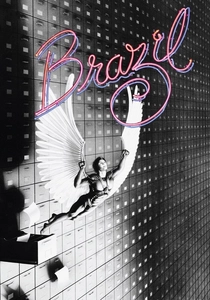
Brazil (1985)
Description: Terry Gilliam's dystopian satire about a man's struggle against a bureaucratic, totalitarian society. Its dark humor and imaginative visuals have made it a cult favorite.
Fact: The film had a troubled production with conflicts between Gilliam and Universal Studios over the film's length and content. It was released in several different versions.
 30 Days Free
30 Days Free
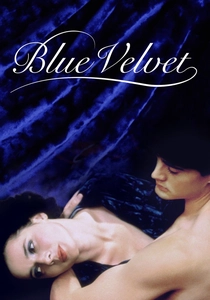
Blue Velvet (1986)
Description: David Lynch's surreal and disturbing exploration of the dark underbelly of suburban America. Its unique blend of noir, horror, and surrealism has made it a cult classic.
Fact: The film was controversial upon release for its graphic content, but it has since been recognized for its artistic merit. The song "Blue Velvet" by Bobby Vinton was re-popularized by the film.
 30 Days Free
30 Days Free
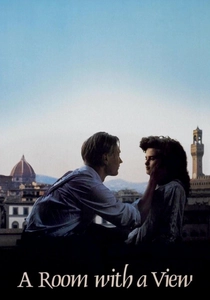
A Room with a View (1985)
Description: James Ivory's adaptation of E.M. Forster's novel, exploring the social conventions and romantic entanglements of Edwardian England. Its lush visuals and nuanced performances make it a timeless classic.
Fact: The film won three Academy Awards, including Best Adapted Screenplay. The Florence scenes were shot on location, adding authenticity to the film's setting.
 30 Days Free
30 Days Free

